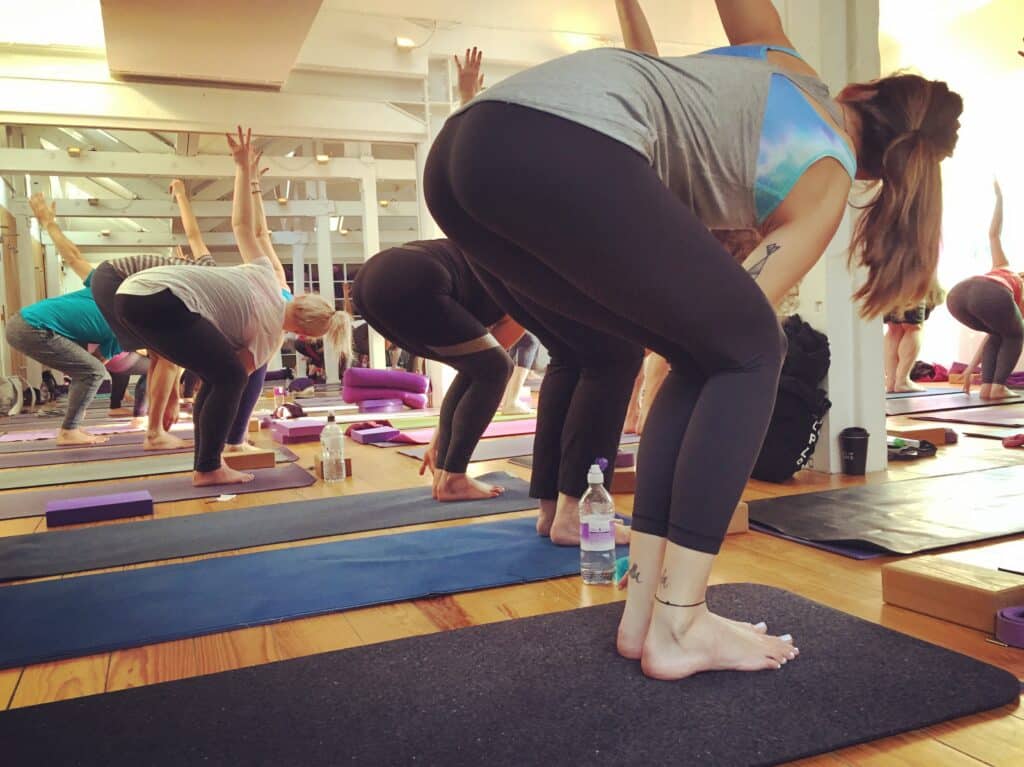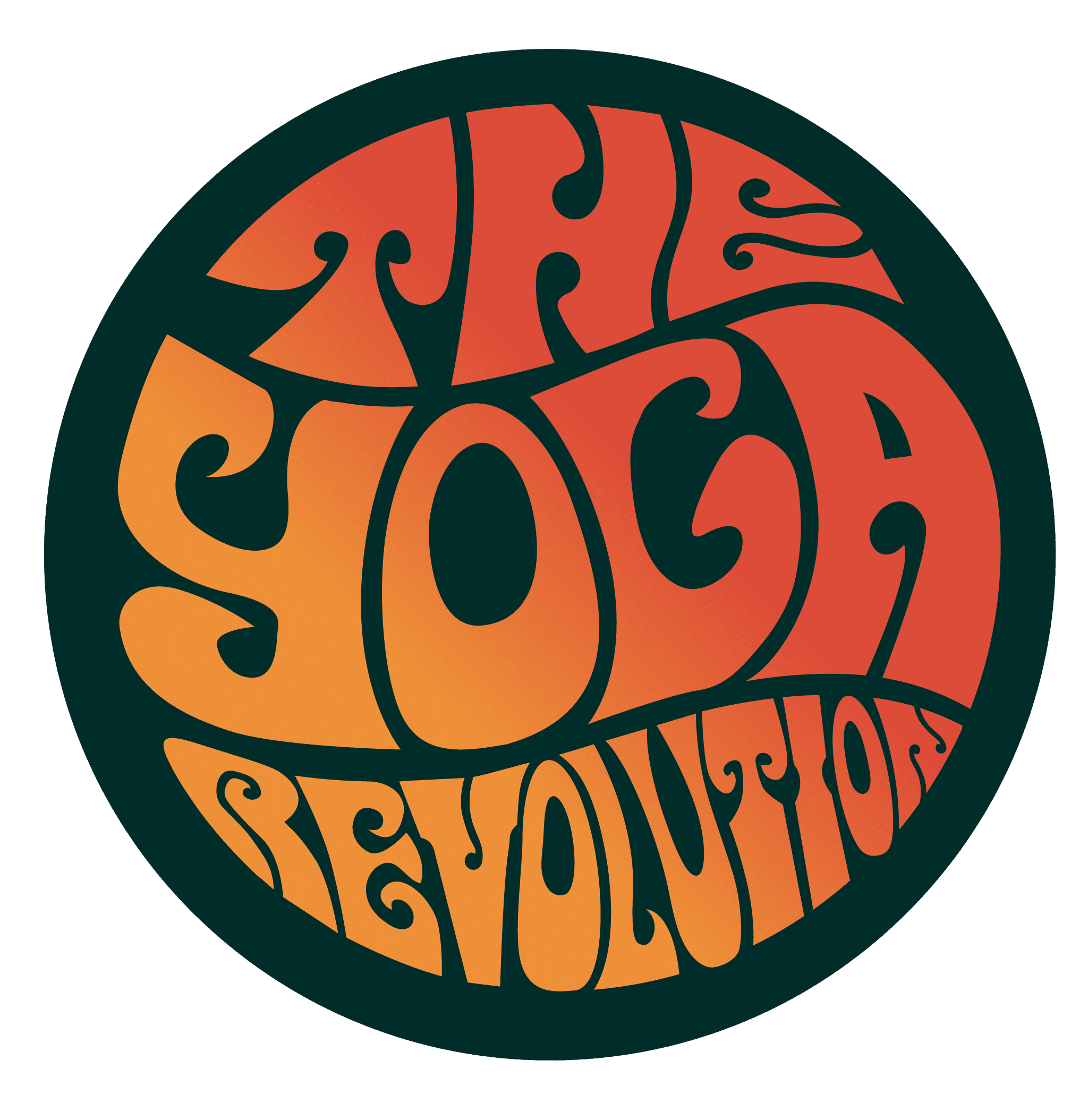Decades ago, on looking for a movement discipline that didn’t feel vacuous and challenging for no reason, I stumbled across yoga. Specifically, my first taste of this practice was something called hatha yoga, an ancient practice that, for the most part, supports a balance of body, mind, and spirit. It actually forms a basis for much of the modern yoga you might be familiar with, but what actually is it? Let’s dive in.
What is hatha yoga?
Hatha yoga is a foundational pillar upon which many other contemporary yoga disciplines are built. In comparison to other yoga practices, hatha can often embody a more traditional and holistic approach that emphasises the balance between physical postures (asanas), breath control (pranayama), and meditation. While other yoga disciplines often focus on specific aspects such as rigorous physical exercise, spiritual exploration, or dynamic flows, hatha yoga serves as a comprehensive system that integrates various elements to foster overall well-being and harmony. It is, therefore, an amazing first route into this overall yoga thing, as it proved for me and countless others.

What does ‘hatha’ mean?
Rooted in the Sanskrit word “ha” (sun) and “tha” (moon), hatha yoga symbolises a coming together of opposing energies. Unlike its more dynamic cousin vinyasa yoga, hatha yoga is the art of stillness and gentle transitions, encouraging us to find a connection to the present moment in all that we do within the practice.
At its core, hatha is the essence of mindfulness and, as in vinyasa, we’re focusing on aligning breath and movement. Unlike vinyasa though, hatha can see us pausing much more in our asanas (physical yoga poses). You’ll practice various poses a little slower than you’d find in other more dynamic yoga traditions, which works to merge relaxation and effort (what we’d call in Sankskirt sthira and sukha). This slower, more focused flow can be both challenging—forcing us to linger in poses long after our laziness wants us to—and allow space for more inexperienced yogis to stay in control and keep up.
As with all yoga practices, hatha yoga doesn’t limit itself to the physical practice alone. By incorporating pranayama (breath control) techniques and meditation, hatha provides a sanctuary for calming the restless mind and cultivating a sense of inner peace, promoting mental clarity, and emotional resilience in the face of life’s challenges.
How do I get started?
Most beginner-friendly yoga classes are based in the hatha tradition, so you’re probably placing a good bet going to any beginner class. If you’d like to practice at home, our 30-minute Presence Practice is a perfect introduction to a hatha style class, whenever you’d like to practice (and with lots of modifications).
Not ready to become a member yet? Join our inner circle for free classes (including hatha!), resources, and inspiration to live your most joyful life.
